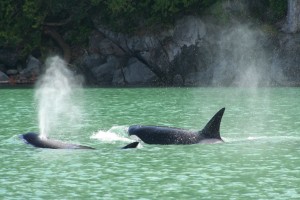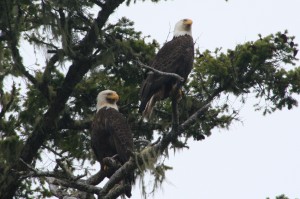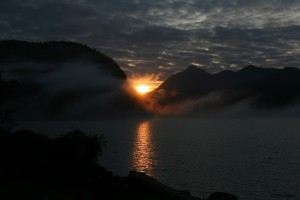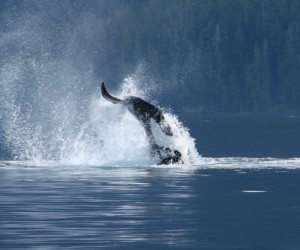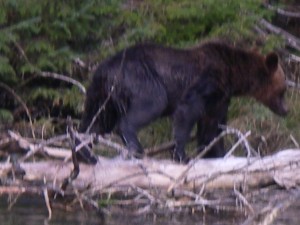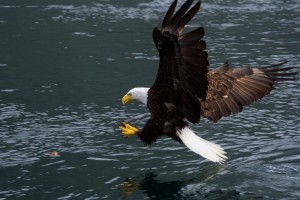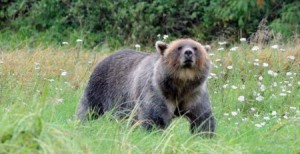Just like that another season has come to an end. We are grateful for all the wonderful staff and the guests this season. It was an excellent season and we are already looking forward to next May.
One of the highlights of the season was all of the new cubs out. It was awesome to see so many new cubs of the year and that is great news for our bear populations moving forward. We had great spring viewing and this continued through summer. On our river trips we started to see salmon arriving in August and enjoyed some great shoulder season viewing. The fish at the viewing platforms were a little late showing up this year, but viewing during late September at the platforms was great and the estuary viewing remained strong throughout the season.
Out in the whale watching world it was another year that saw large numbers of resident Orca who remained in the area right into October. The Humpback viewing was also great with large numbers feeding in Blackfish Sound. It is so amazing to have these magnificent animals back in our waters in such numbers.
Over the winter and spring we will be doing some repairs and maintenance. We rebuilt the front deck last spring, utilising cedar cut on site. We will continue with some siding, rooms improvements and hopefully a floating sauna ready for the start of our season.
2026 is already looking like a very busy season for us. We only have limited high season availability so please book early to ensure we have space for your group.
Looking forward to seeing you next year
Angus Reid
Visit our Blog
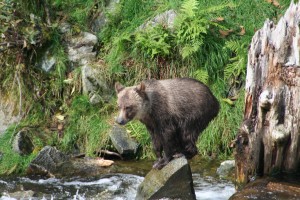 This photo taken in late September shows a seven month old grizzly cub waiting for mother to provide lunch. It would be lunch as our time on the viewing stand on the Glendale River is between ten and noon. Mother cannot be to far away because at this age the cubs do not leave their mother side for very long. Mother will be close by fishing for the pink salmon that have come into the river to spawn. There are several rocks in this part of the river that are favourite perches for the hungry cubs.
This photo taken in late September shows a seven month old grizzly cub waiting for mother to provide lunch. It would be lunch as our time on the viewing stand on the Glendale River is between ten and noon. Mother cannot be to far away because at this age the cubs do not leave their mother side for very long. Mother will be close by fishing for the pink salmon that have come into the river to spawn. There are several rocks in this part of the river that are favourite perches for the hungry cubs.